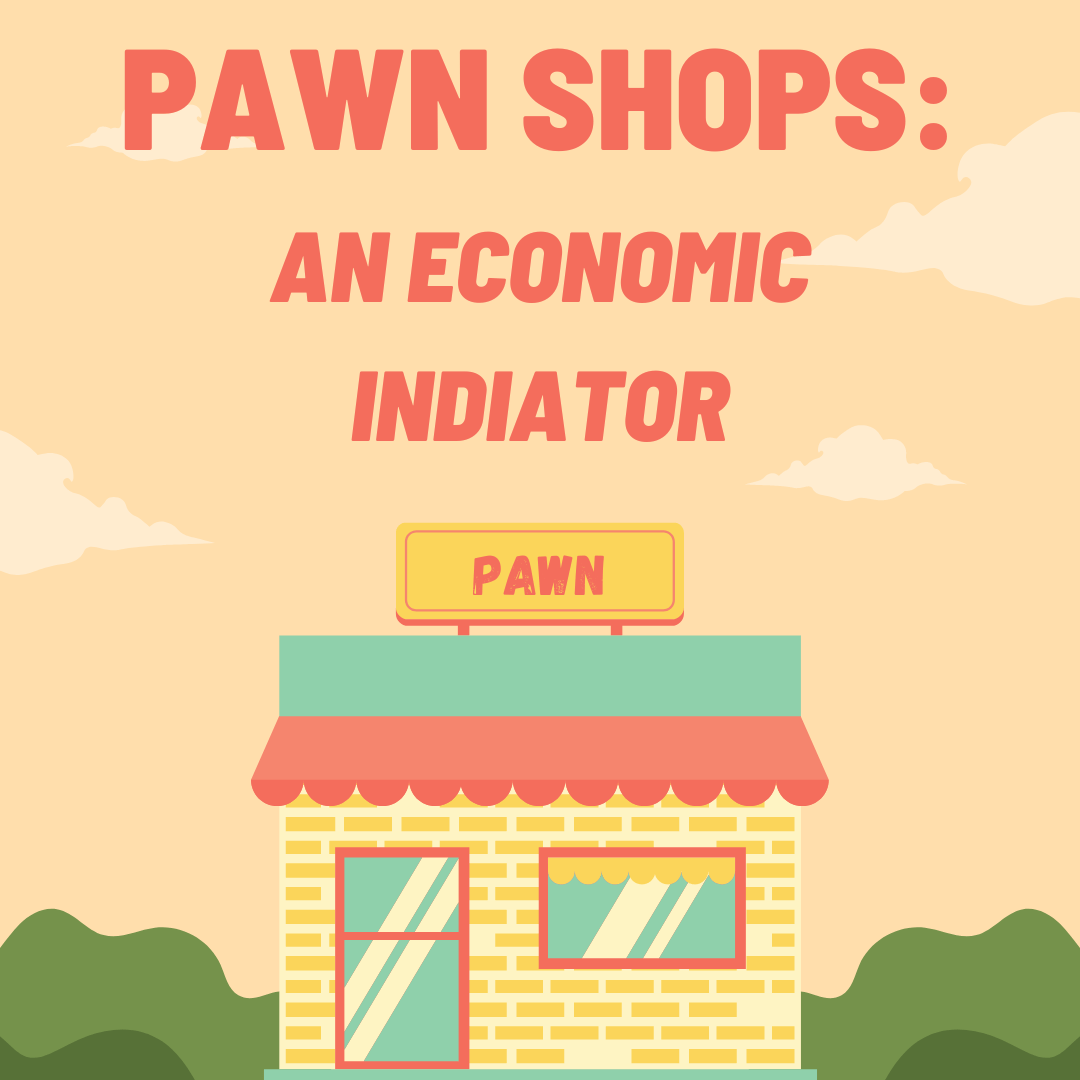Pawn Shops as an Economic Indicator
Pawn shops have long been regarded as more than just places to secure quick cash against personal belongings. They serve as a unique barometer of economic health, reflecting the financial circumstances of individuals and communities. In times of economic downturns or uncertainty, pawn shops often see an uptick in activity, offering valuable insights into the broader economic landscape.
Understanding Pawn Shop Dynamics

Pawn shops operate on a simple premise: individuals bring in items of value, such as jewelry, electronics, or tools, and receive a loan based on the assessed worth of these items. The pawnbroker holds onto the item as collateral, and the individual has a set period to repay the loan with interest to reclaim their possession. If they fail to repay, the pawnbroker can sell the item to recoup the loan amount.
Economic Indicators
- Consumer Spending Patterns: Changes in consumer behavior directly impact pawn shop activity. During times of economic prosperity, individuals are less likely to pawn items as they have access to other forms of credit or disposable income. Conversely, during economic downturns, people may turn to pawn shops as a source of quick cash, indicating a decline in consumer spending power.
- Unemployment Rates: High unemployment rates often correlate with increased pawn shop transactions. When individuals face job loss or reduced income, they may utilize pawn shops to cover immediate expenses, such as bills or groceries, until they can secure stable employment.
- Credit Accessibility: Limited access to traditional credit sources, such as banks or credit cards, can drive individuals towards pawn shops. Those with poor credit histories or low credit scores may find pawn loans more accessible and less restrictive, especially when faced with emergencies or unexpected expenses.
- Precious Metal Prices: Pawn shops deal extensively in items like gold, silver, and other precious metals. Fluctuations in the prices of these commodities can influence pawn shop activity. For example, when gold prices rise, individuals may be more inclined to pawn or sell gold jewelry for a higher return, while lower prices may deter such transactions.
- Housing Market Trends: The state of the housing market can also impact pawn shop dynamics. During housing crises or foreclosure waves, individuals may resort to pawn shops to alleviate financial strain or generate funds for housing-related expenses.
Interpreting Pawn Shop Trends
Analyzing pawn shop activity alongside other economic indicators provides a comprehensive view of economic conditions. An increase in pawn transactions may signal financial distress among certain demographics or regions, prompting policymakers and economists to assess and address underlying issues such as unemployment, income inequality, or credit access.
Conversely, a decline in pawn shop activity may suggest improved economic stability, higher consumer confidence, or better access to traditional financial services. However, it’s essential to consider the specific factors influencing pawn shop trends within the context of broader economic dynamics.
Conclusion
Pawn shops serve as a microcosm of economic activity, offering valuable insights into the financial realities of individuals and communities. Monitoring pawn shop trends alongside traditional economic indicators provides a nuanced understanding of economic health and enables policymakers to formulate targeted interventions to address underlying challenges. As such, pawn shops represent not only a financial service but also a vital economic indicator worthy of attention and analysis.
